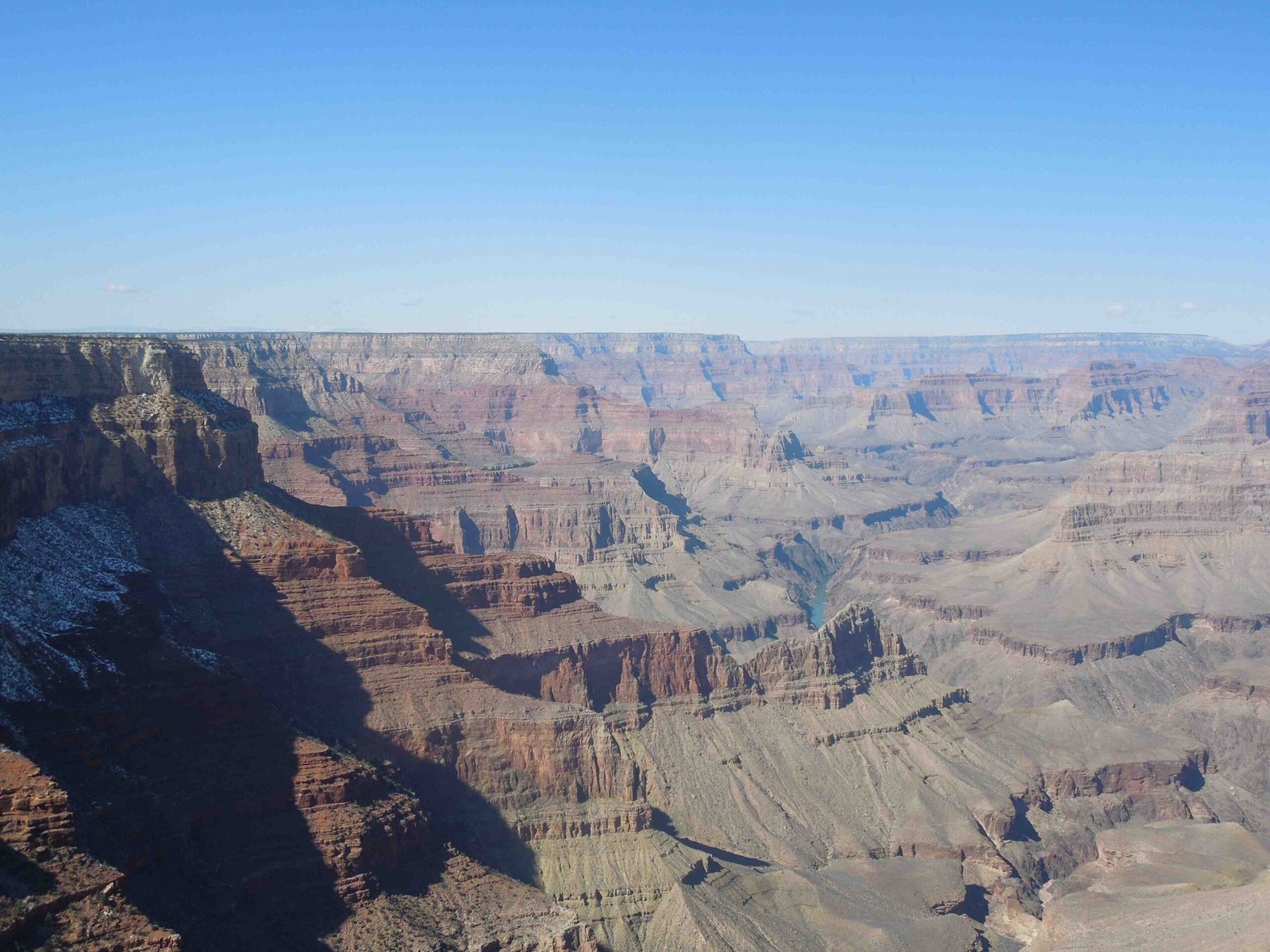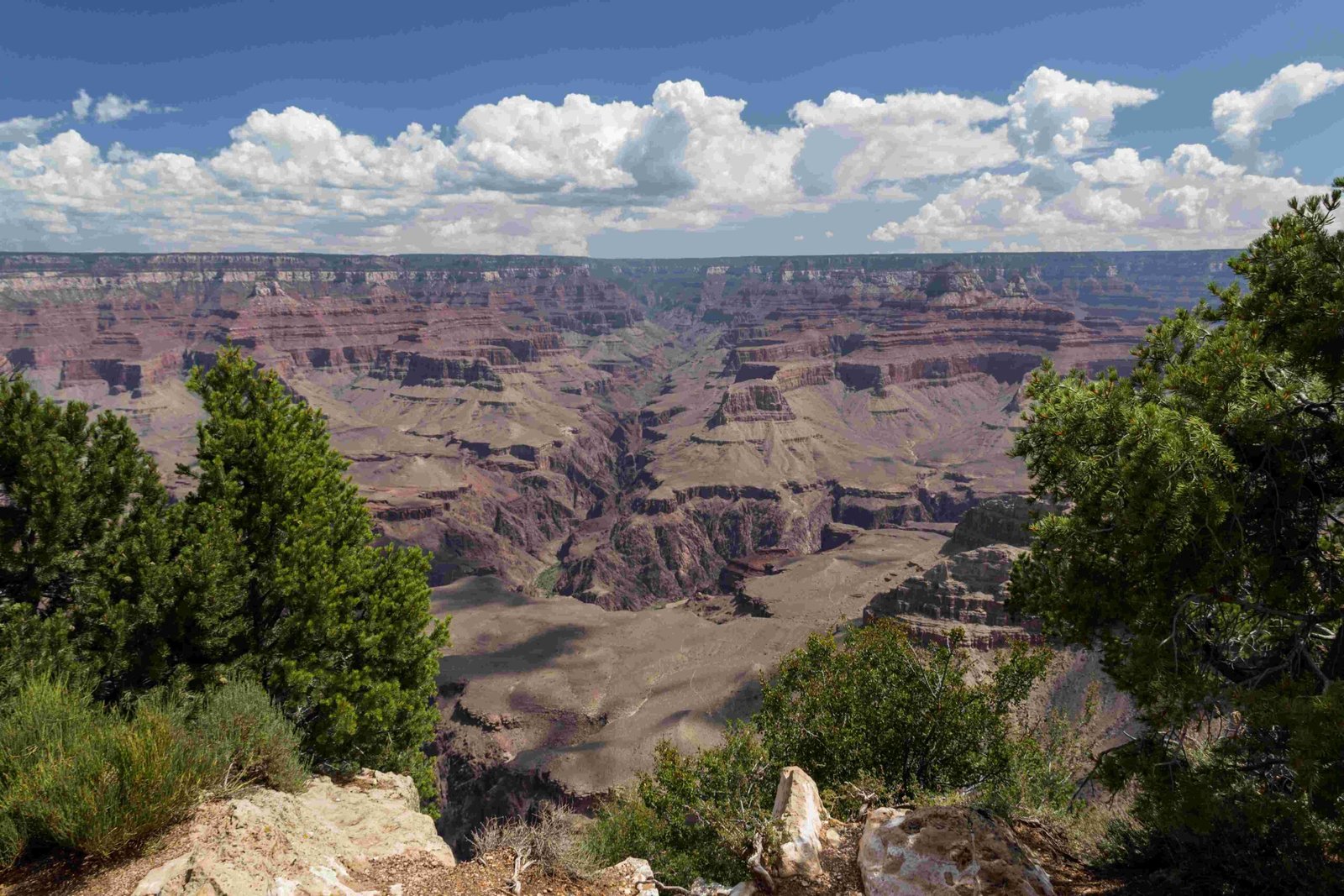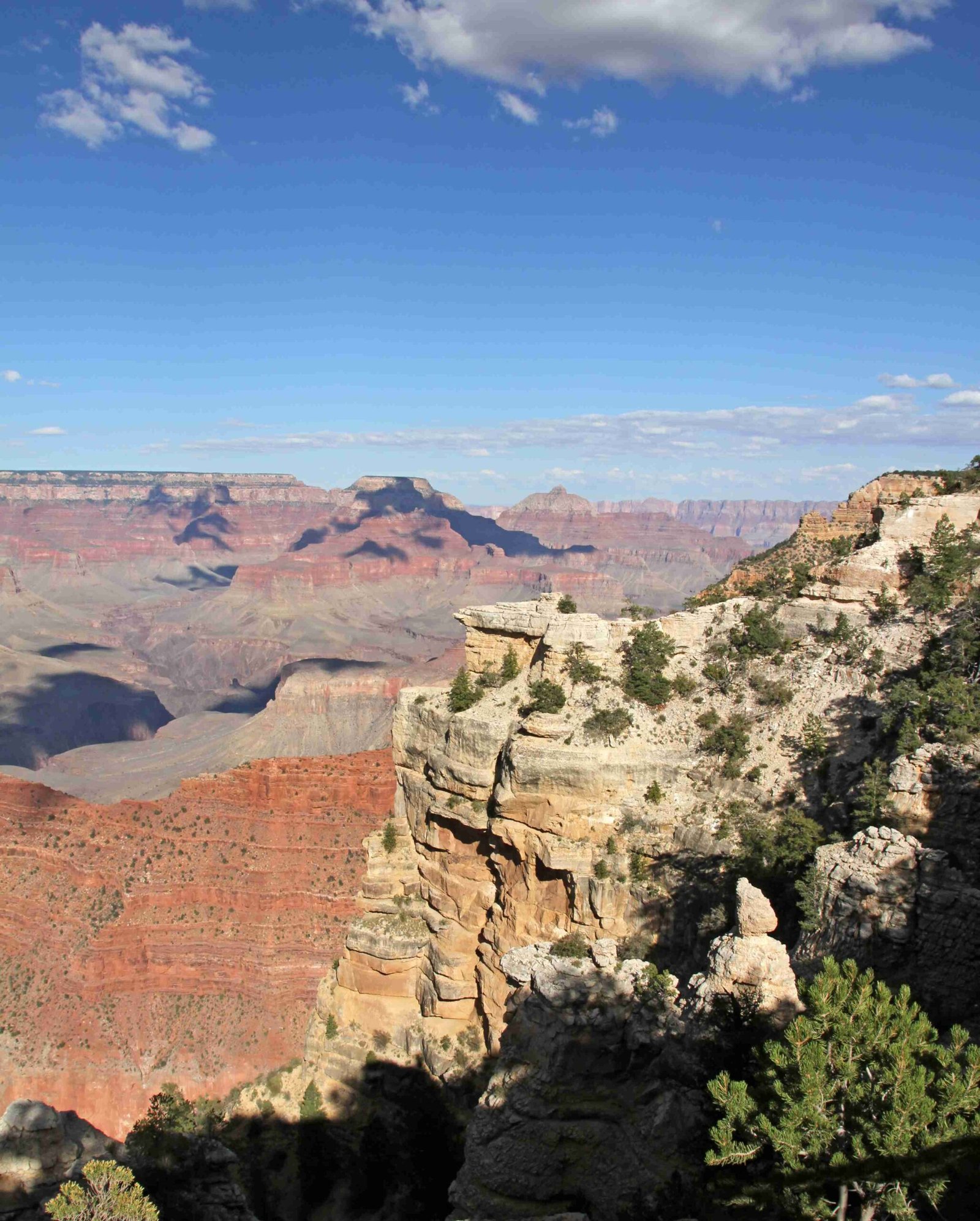The Grand Canyon represents a remarkable geological canvas where multiple forces of nature converge to create one of Earth’s most spectacular landscapes. Over millions of years, water, wind, temperature variations, and tectonic movements have collaboratively sculpted a complex terrain, with the Colorado River serving as the primary architect of this magnificent natural wonder. These interconnected geological processes have systematically carved, weathered, and transformed rock layers, revealing a stunning narrative of planetary transformation.
What Primary Forces Shape the Grand Canyon?

How Does Water Erosion Impact Canyon Formation?
The Colorado River stands as the most significant force in Grand Canyon’s geological evolution. Its erosive power has been relentlessly carving through rock layers for approximately 5-6 million years. The river’s mechanism of erosion involves multiple processes:
- Hydraulic Action: Direct water force breaking rock surfaces
- Abrasion: Sediment-driven wearing of rock layers
- Chemical Dissolution: Mineral breakdown through chemical interactions
Sediment Transport Dynamics
| Rock Type | Erosion Rate | Primary Mechanism |
|---|---|---|
| Limestone | High | Chemical dissolution |
| Sandstone | Moderate | Mechanical abrasion |
| Schist | Low | Mechanical fragmentation |
What Role Do Temperature Variations Play?
Temperature-driven processes significantly contribute to canyon transformation through:
- Freeze-Thaw Cycles
- Water penetrates rock fractures
- Freezing causes expansion
-
Repeated cycles create progressive rock fragmentation
-
Thermal Weathering
- Daily temperature fluctuations cause rock contraction and expansion
- Weakens rock structural integrity
- Accelerates mechanical weathering
How Do Tectonic Movements Influence Canyon Landscape?
Tectonic uplift plays a crucial role in canyon formation:
- Colorado Plateau’s gradual elevation
- Creates steeper river gradient
- Increases erosive potential of water flow
- Exposes diverse geological strata
What Wind Dynamics Contribute to Erosion?
Wind acts as a subtle yet persistent erosional agent:
- Carries fine sediment particles
- Gradually abrades rock surfaces
- Creates unique wind-sculpted formations
- Contributes to rock layer decomposition
What Chemical Weathering Processes Occur?
Chemical interactions continuously modify canyon landscape:
- Mineral dissolution
- Rock layer decomposition
- Creation of unique geological formations
- Transformation of rock composition
Scientific Measurements and Observations

Erosion Rate Calculations
- Average erosion: 0.01 inches per year
- Total canyon depth: Approximately 6,093 feet
- Estimated formation time: 5-6 million years
Geological Time Perspective
The Grand Canyon represents a dynamic, ongoing geological process where natural forces continuously interact, demonstrating Earth’s remarkable capacity for transformation.
Conclusion
The Grand Canyon emerges as a testament to nature’s extraordinary sculptural capabilities, where water, temperature, tectonics, wind, and chemical processes collaborate in creating a breathtaking geological masterpiece.

